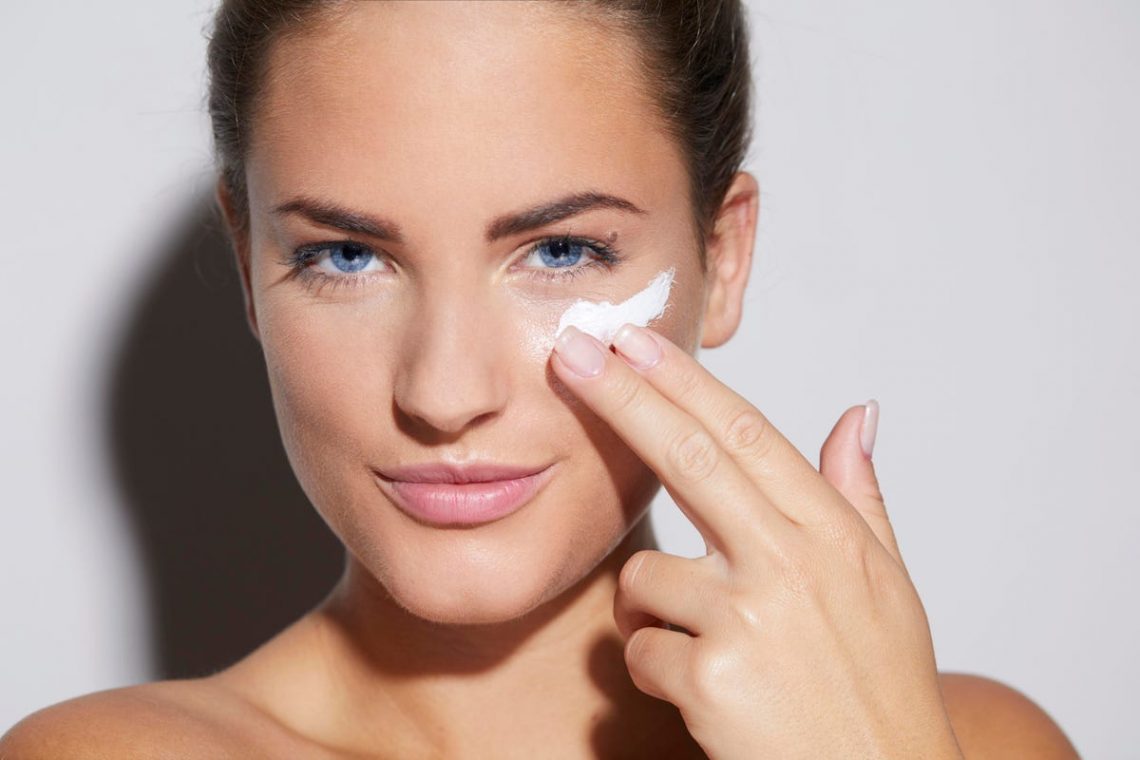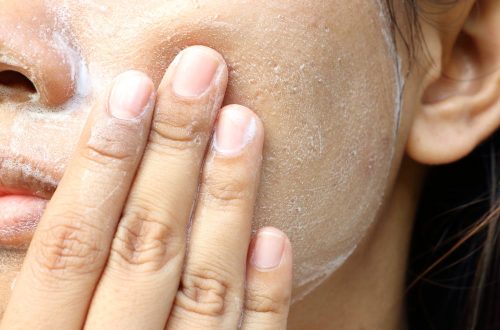
Retinol, tretinoin, and the basics
In the 1980s, dermatologist Kligman studied vitamin A acid’s effectiveness on acne. The fantastic result: not only did the acne get better, but the wrinkles also got fewer. It took a while, but in 1995 tretinoin was approved by the FDA (US Drug Administration) as an anti-wrinkle drug.
Tretinoin is vitamin A or retinoic acid (not the vitamin A molecule) and requires a prescription. Vitamin A itself is known in skin care under the name retinol. Its effectiveness was seriously doubted initially, but it has been proven here too. But before we deal with it more closely, first, a small overview of the variants of vitamin A in skincare
We can distinguish four groups here, the criterion being the necessary conversion steps to retinoic acid or tretinoin. This conversion takes place in the skin, for example, through oxidation.
Retinol derivatives (e.g. retinyl palmitate, retinyl linoleate, retinyl propionate)
Retinyl retinoate, a combination of retinol and retinoic acid, is broken down in the skin, and the retinoic acid acts directly
Hydroxypinacolone retinoate, an ester of retinoic acid, docks directly to the receptors for retinoic acid. Incidentally, you know it as Granactive Retinoid, which accounts for 10% of it.
How does tretinoin work?
In short, skin-renewing. A little longer: skin formation is normalised, healthy cell division is promoted, and the body’s collagen and elastin formation is stimulated. The positive effect on acne is achieved through the comedolytic (“dissolving blackheads and pimples”) and keratolytic (horn-dissolving) properties.
A true miracle cure… if it weren’t for the sometimes highly skin-irritating effect. And the others? Work less rather than more in a similar way, including skin irritation. This is best documented with retinol. Otherwise, the study camp is relatively thin. In addition, the more conversion steps, the lower the effectiveness – but the tolerability increases!
What is to be considered?
Retinol is not suitable for pregnant women and those who are breastfeeding. For others, using it- Our best tips: Use sunscreen with high UVA protection every day. Every day. Otherwise, the effect is immediately cancelled out by the UV rays.
Start VERY slowly and increase at a leisurely pace. Anyone who has ever used too much retinol knows open skin areas and more. Over the counter or not, a sense of proportion is required here when using it.
It takes time for the effect to show. There are no miracles here either, the first effects usually appear after 8 to 12 weeks, but the result is noticeable after one to two years.
Pay attention to the packaging! Retinol is very sensitive to air and light, and the solubility of the various active ingredients varies. Retinol is only in airtight opaque dispensers. Stay away from cream pots! There are partially encapsulated forms, but the information available is notoriously thin. Consume quickly! Cosmetics generally don’t get better with age, and that’s particularly true here.




